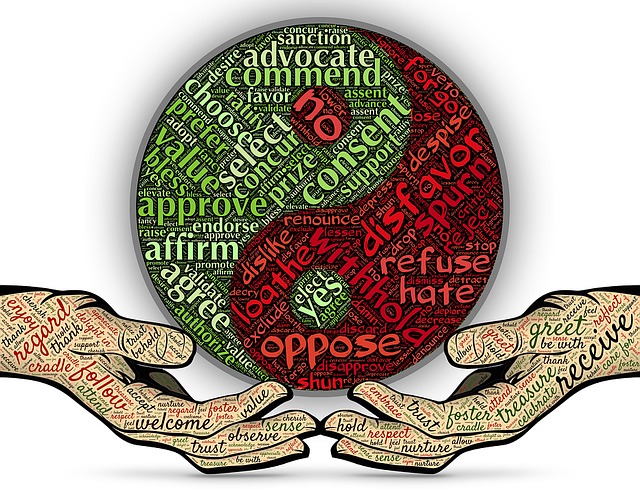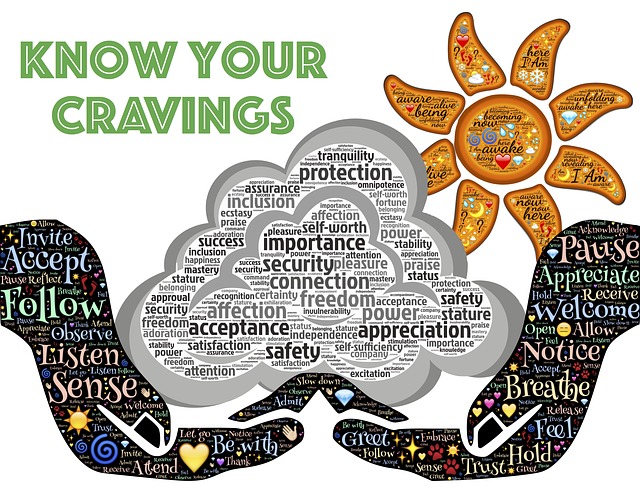In the previous blog post I discussed the need for boldness to take action on a creative idea – to be willing to break with tradition and act on a different way of conceiving something, e.g. Karen Quinlan’s innovations based on a new conception of an art gallery. I also explained how mindfulness can help us to be bold enough to initiate action on a creative idea – by helping us to build calm, clarity, focus and self-belief.
To sustain creative activity, however, also requires bravery. It takes courage to explore new terrain, persevere despite setbacks and maintain your energy and enthusiasm when the going gets rough.
Creativity and bravery
Bravery can be defined as “having or showing mental or moral strength to face danger, fear, or difficulty”. Invariably, there will be setbacks when you set out on a creative endeavour. For instance, Karen Quinlan found that some gallery directors she approached refused to loan her artwork for her gallery. However, she was able to persist with her creative ideas and enlist the help of others who supported her ground-breaking ideas.
While Karen was prepared to take risks, like many successful entrepreneurs, she took only calculated risks. This required considerable research and planning. Amanda Sinclair explained that Karen, for example, knew that women make up 80-90% of visitors to art galleries in Australia and that very few of the male-dominated, art gallery directors made any effort to satisfy the interests and needs of this demographic group. So, she was able to draw on her own interests, training and experience to identify these needs and develop creative ways to meet them.
When you encounter a setback, you often cannot see the way forward but you are able to persevere because of your strong belief in the creative idea, its potential contribution and your capacity to see it through to completion. Mindfulness builds the persistence and resilience required to overcome difficulties and fears along the way even when the way ahead is becoming increasingly unclear.
As you progress your creative ideas and implement your new approach, you will encounter increased resistance from those who have a vested interest in maintaining the status quo. Reg Revans, the father of action learning, who met considerable opposition to his creative approach throughout his life, quoted the German philosopher Nietzsche to explain how new ideas are opposed:
If you think you have a new idea, see what happens. Unless it is opposed by the stupid and ridiculed by the clever, it can have nothing new in it.
In the face of this kind of irrational and emotive opposition, you need support to sustain yourself and your energy. Karen was able to gather a creative team to support the development and implementation of her ideas. This collaboration helped her to maintain motivation, develop creative solutions to problems encountered and build external support. Karen found, as often is the case, that local businesses came on board with her ideas with cross-promotions when they started to see the increase in tourist traffic and international acceptance and accolades for the Bendigo Art Gallery being developed by Karen.
Bravery and mindfulness
Mindfulness helps you to be more conscious of, and grateful for, the internal and external support you receive and to develop the relationships involved through awareness, empathetic listening and loving kindness.
Mindfulness develops calm and clarity in the face of stressors that would undermine confidence or cloud your vision. It helps you to strengthen the courage of your convictions, overlook sustained opposition of fearful people, build resilience and develop new ways around roadblocks and impediments to the way forward. As you grow in mindfulness, you become braver in the pursuit of creative ideas and less fearful of the risks, dangers and difficulties involved.
By Ron Passfield – Copyright (Creative Commons license, Attribution–Non Commercial–No Derivatives)
Image source: courtesy of johnhain on Pixabay
Disclosure: If you purchase a product through this site, I may earn a commission which will help to pay for the site, the associated Meetup group and the resources to support the blog.















